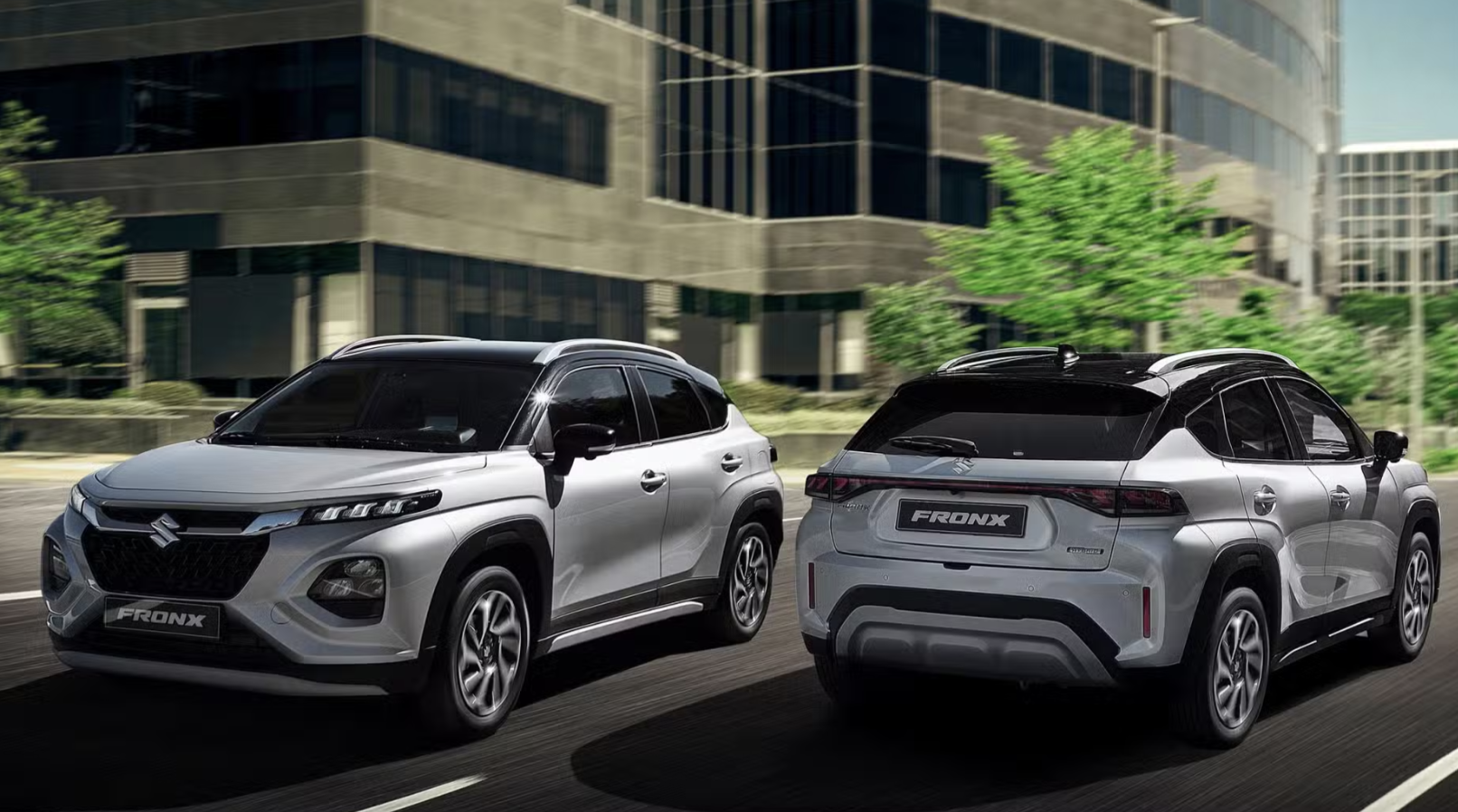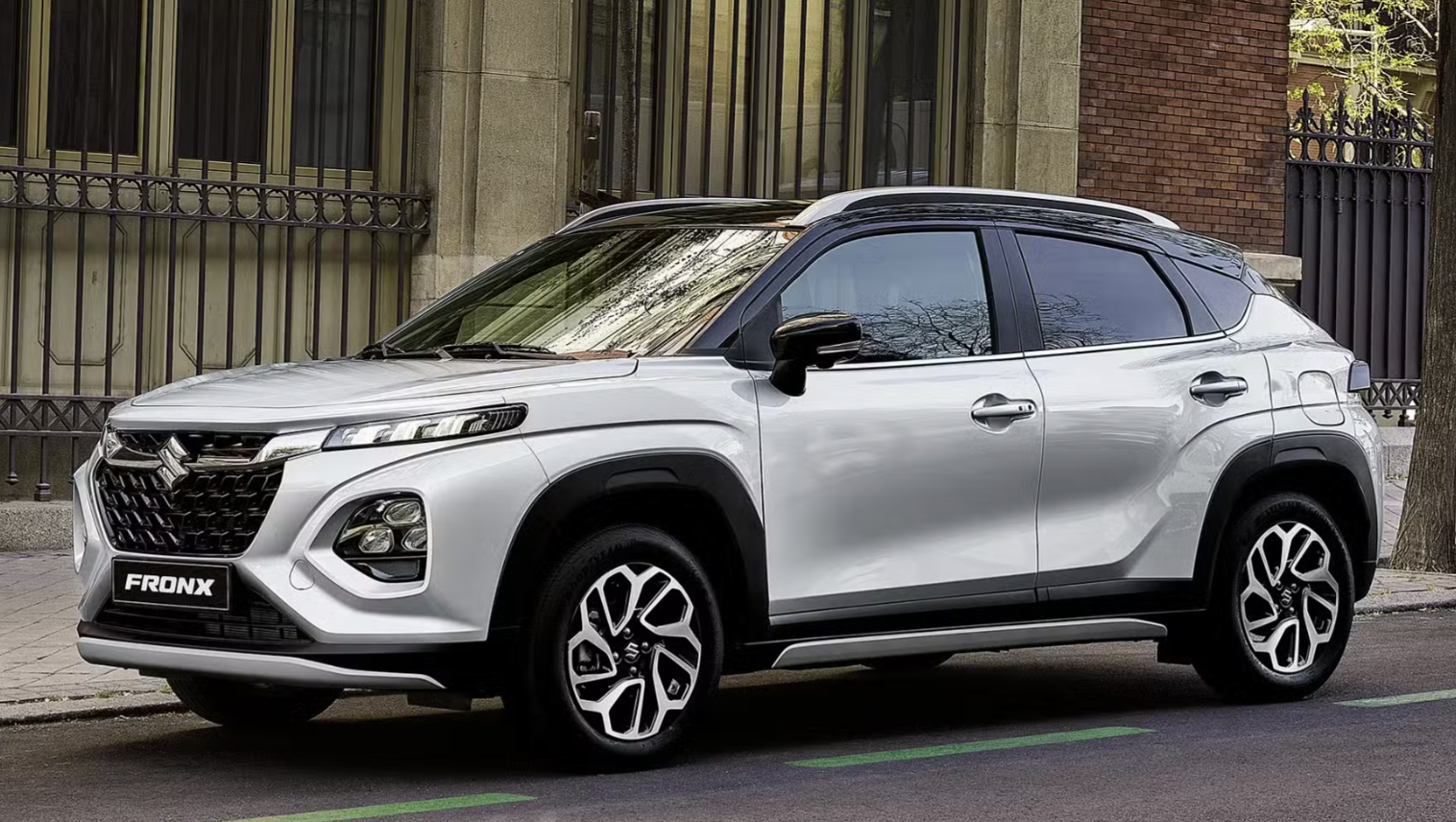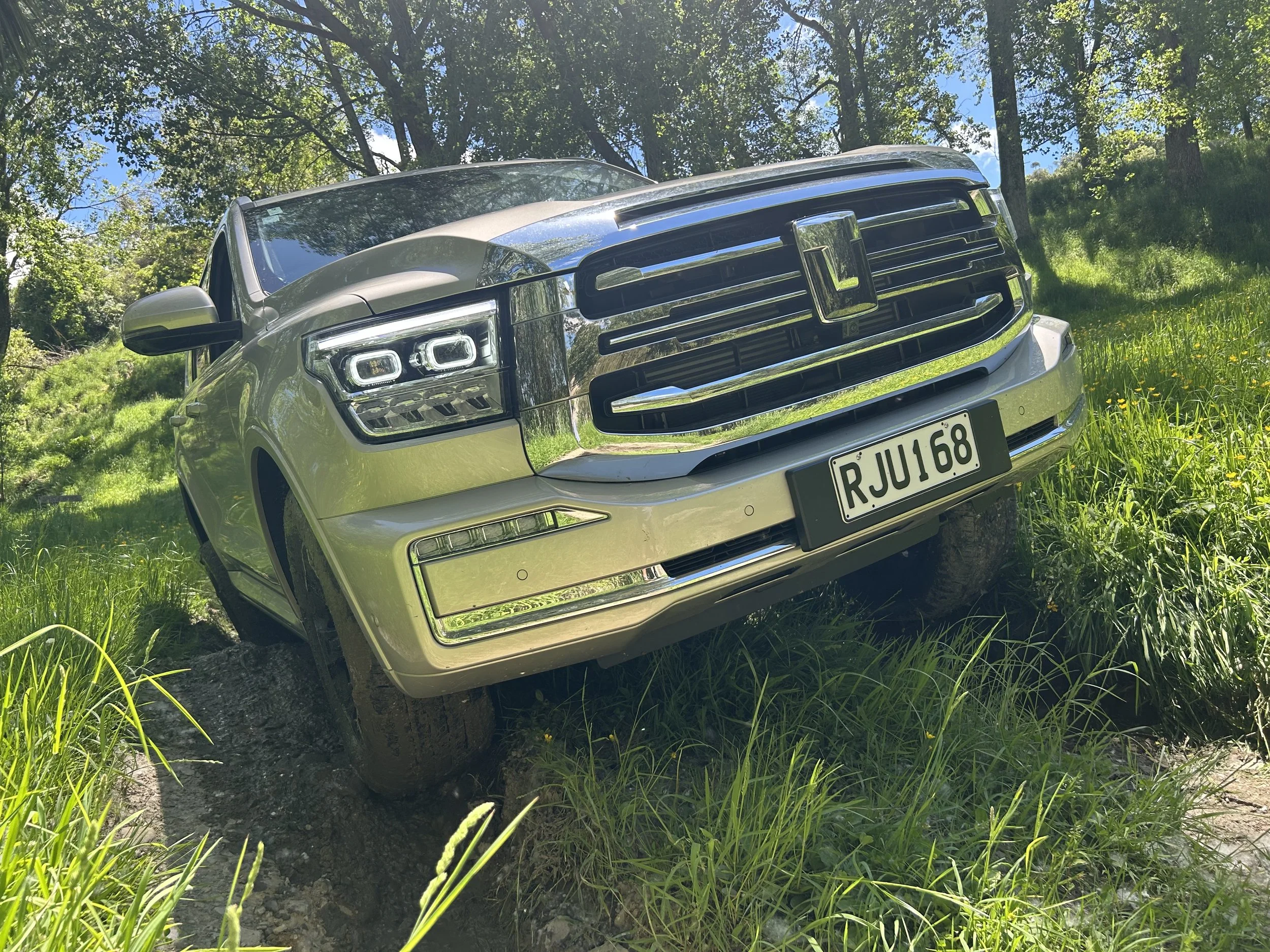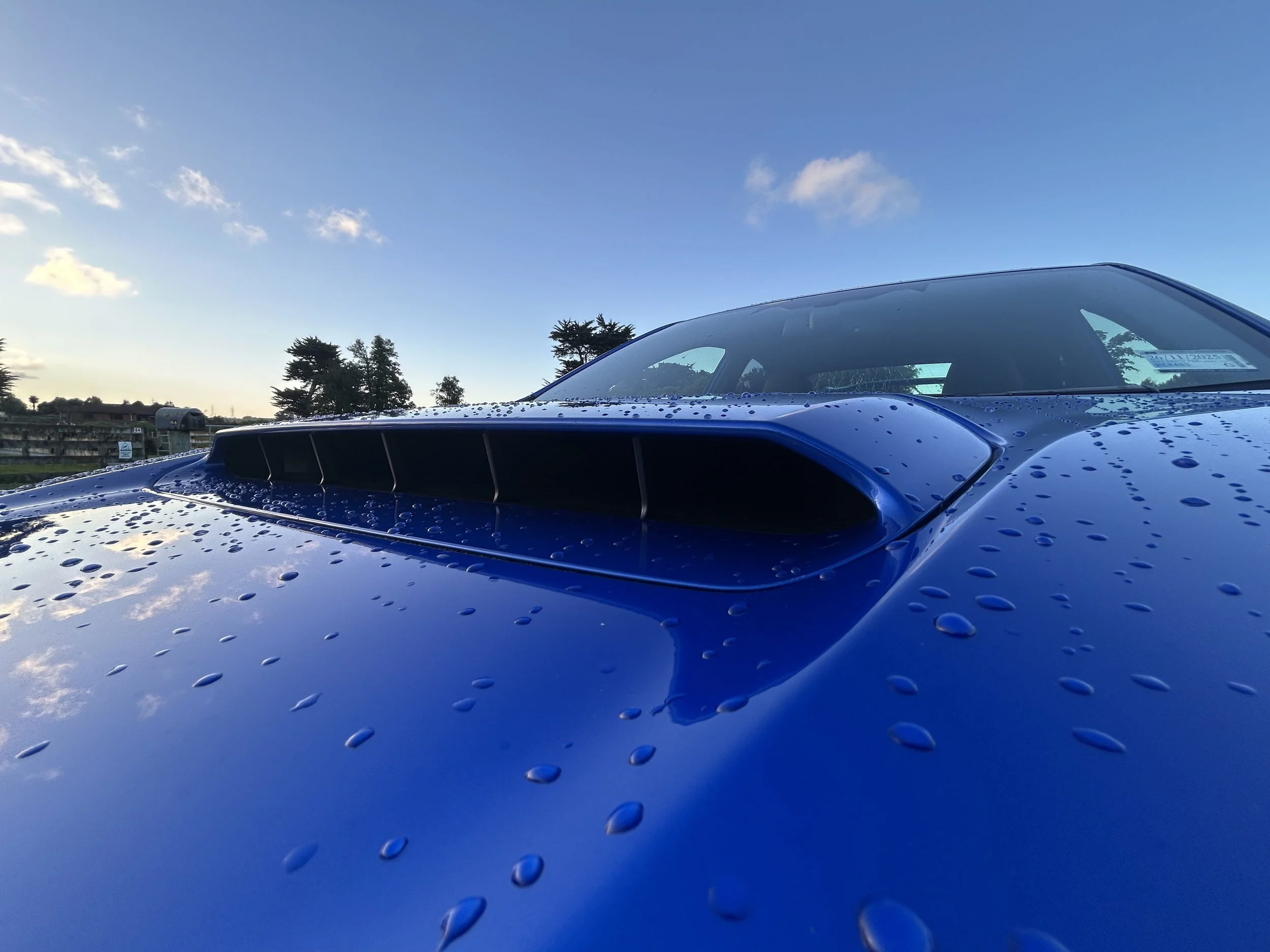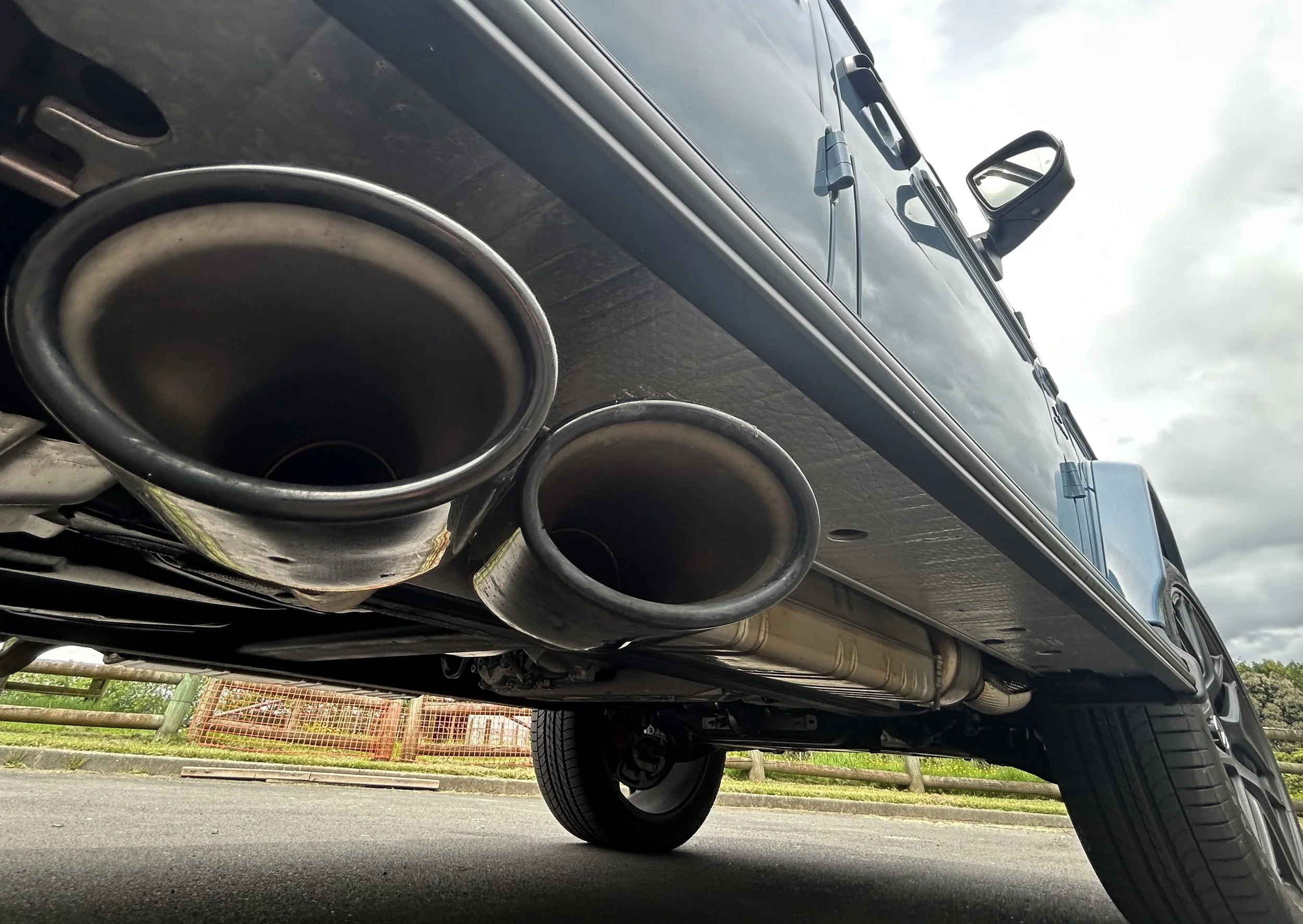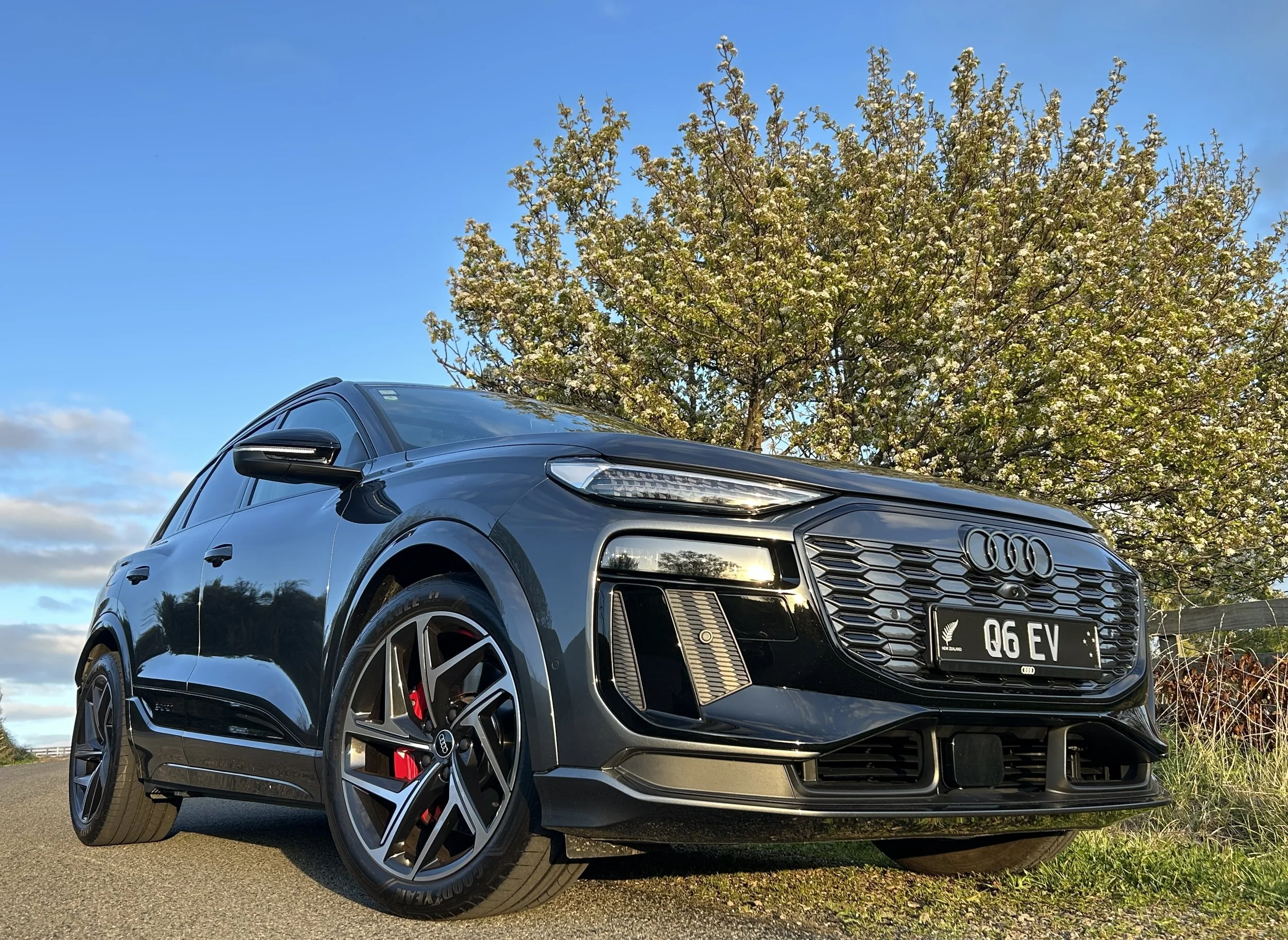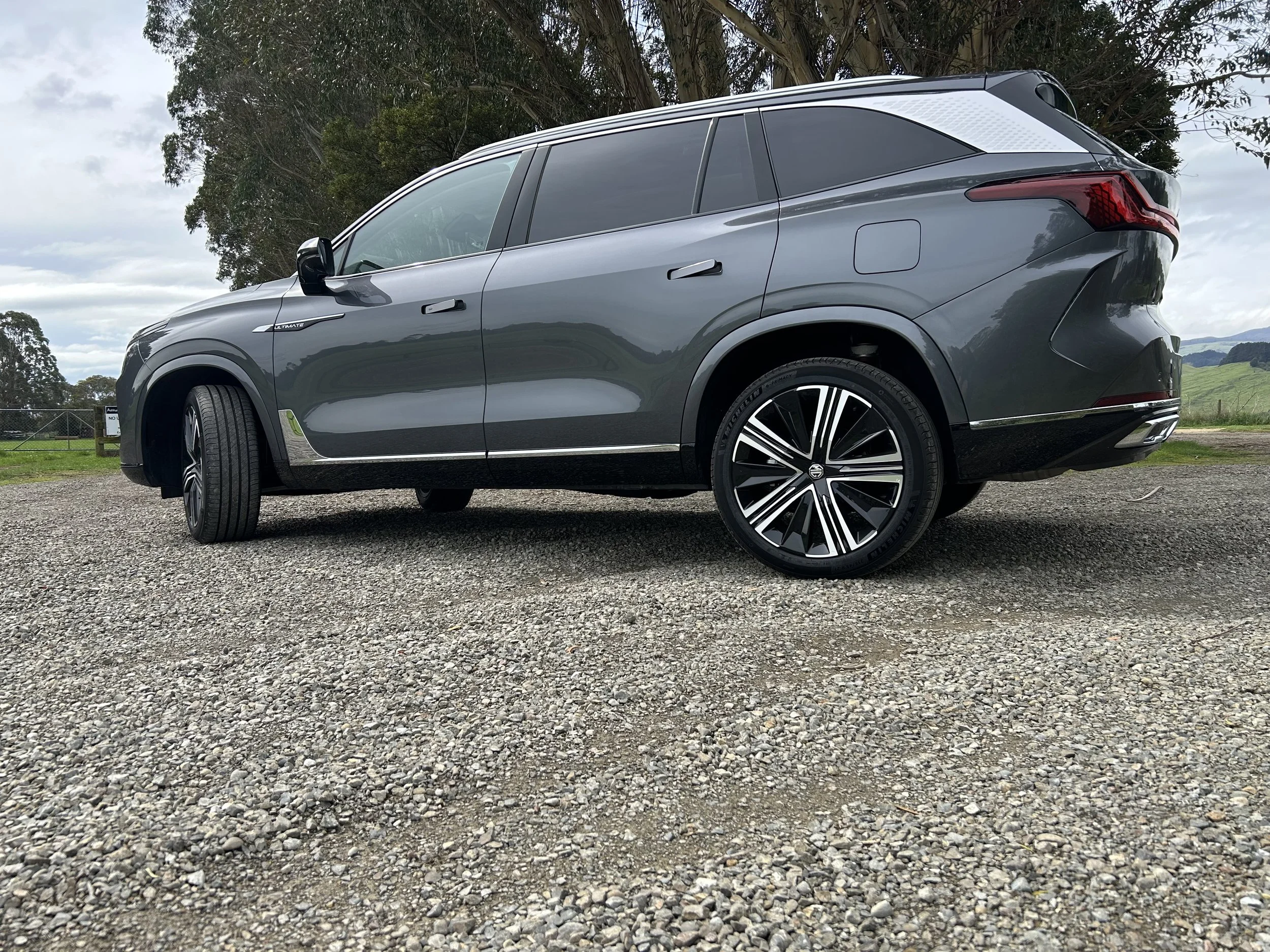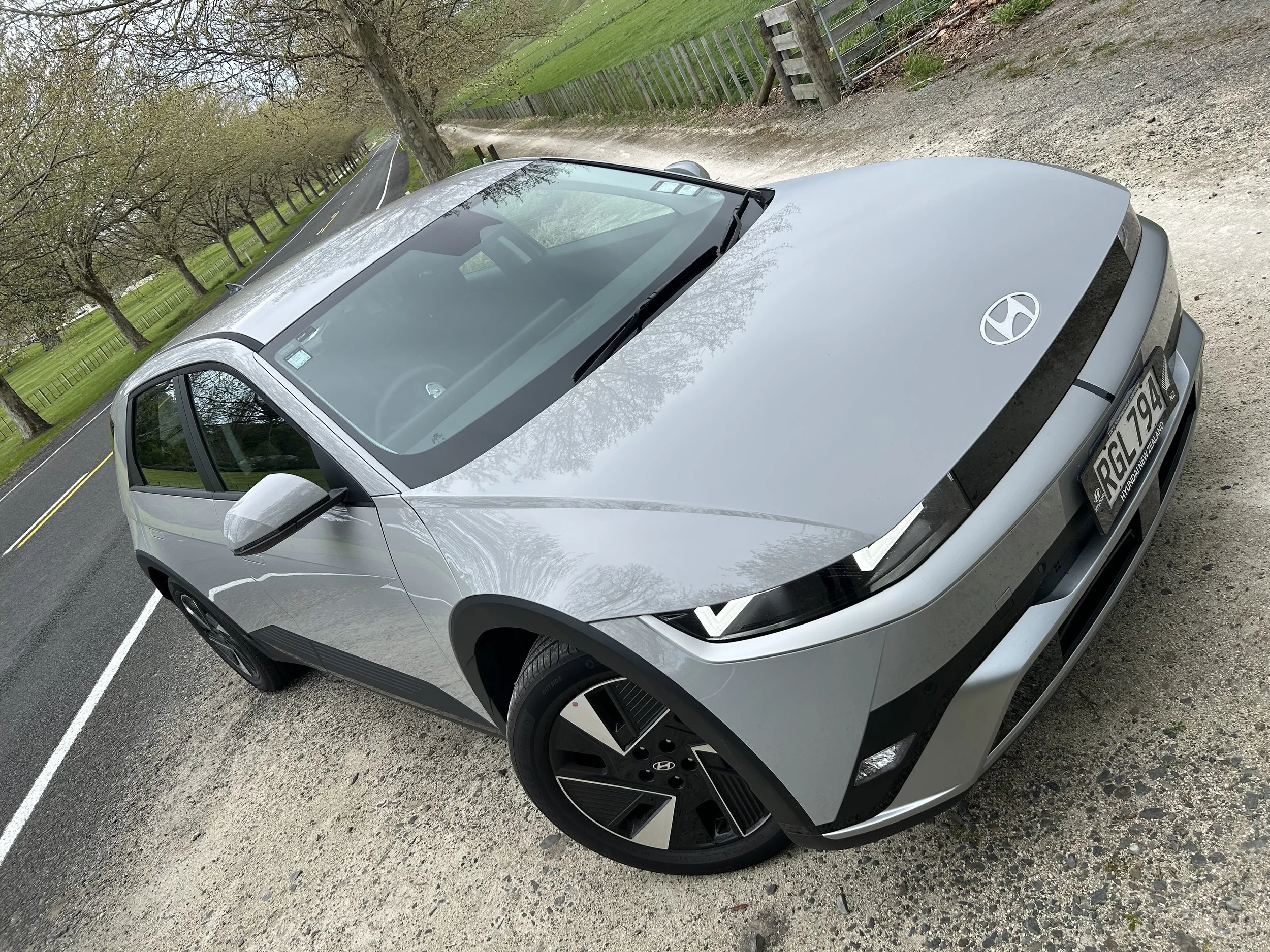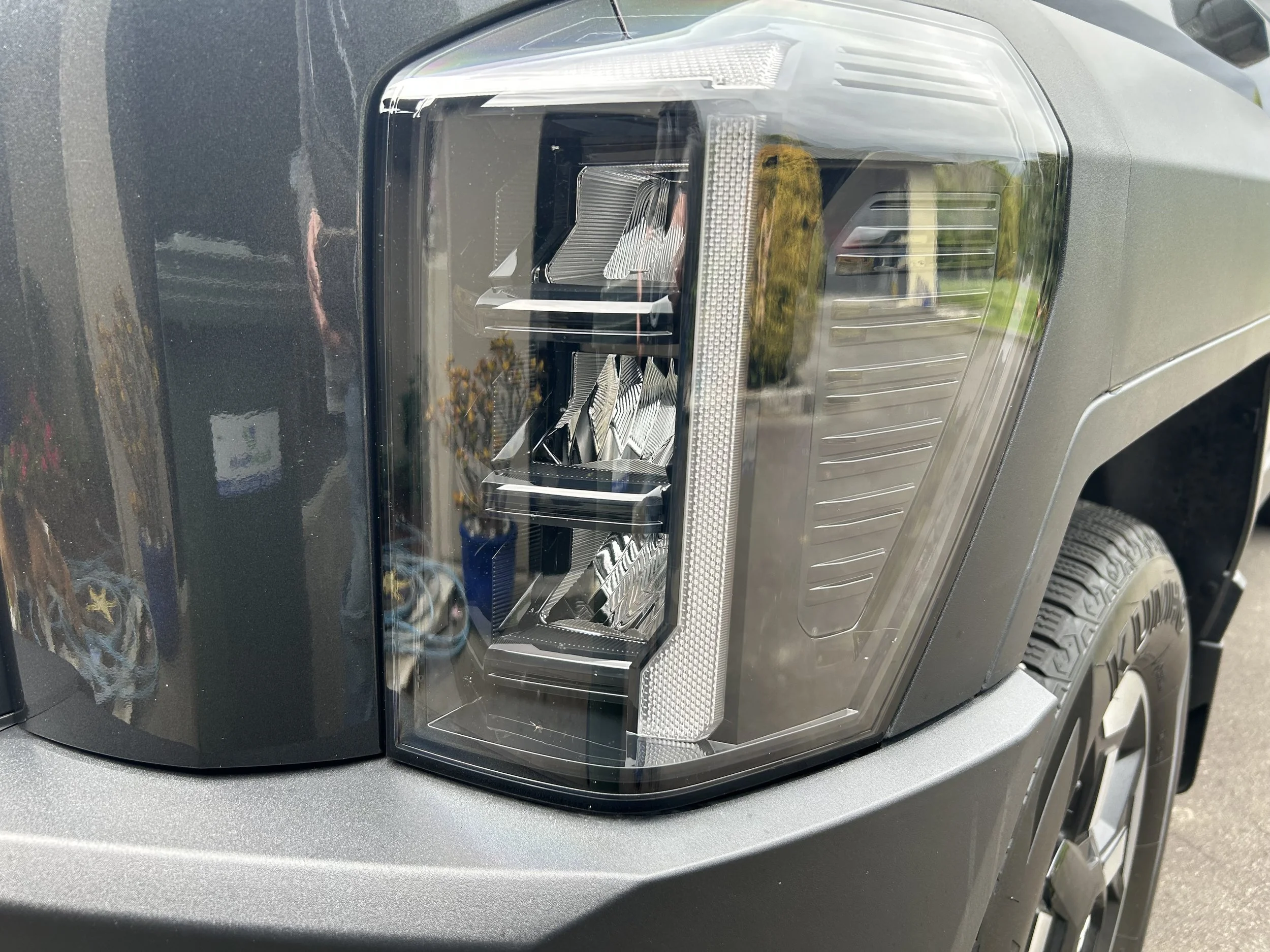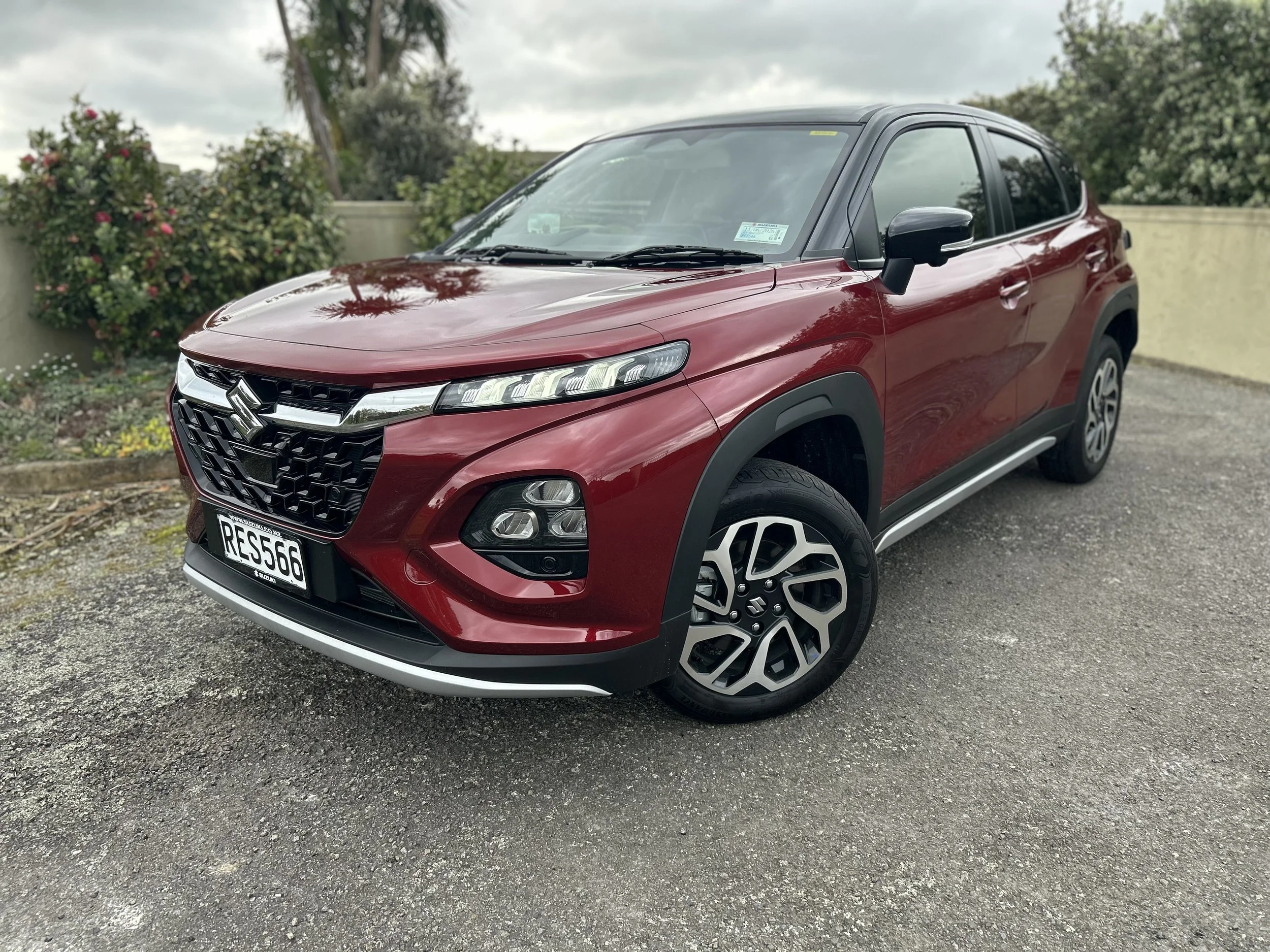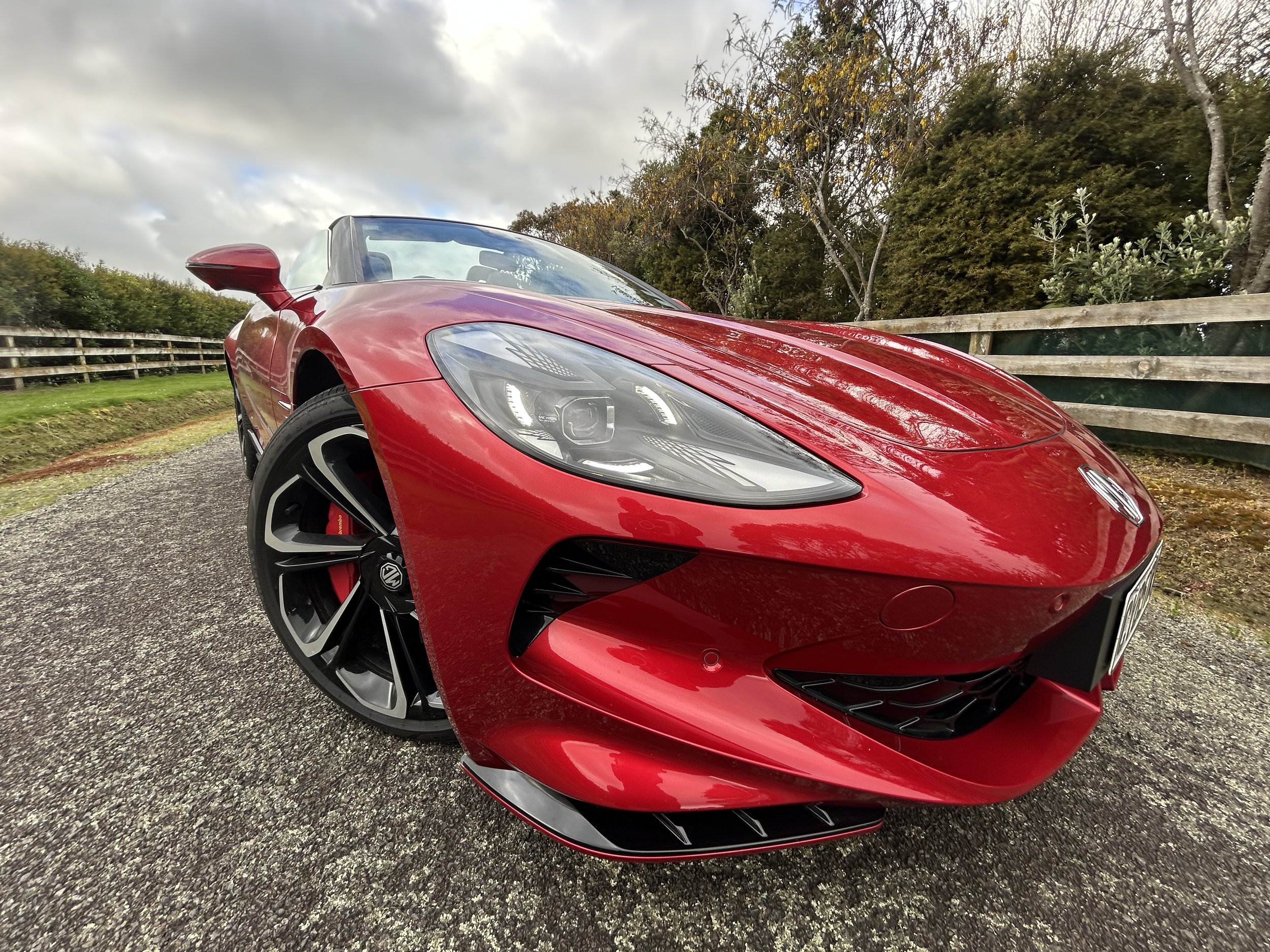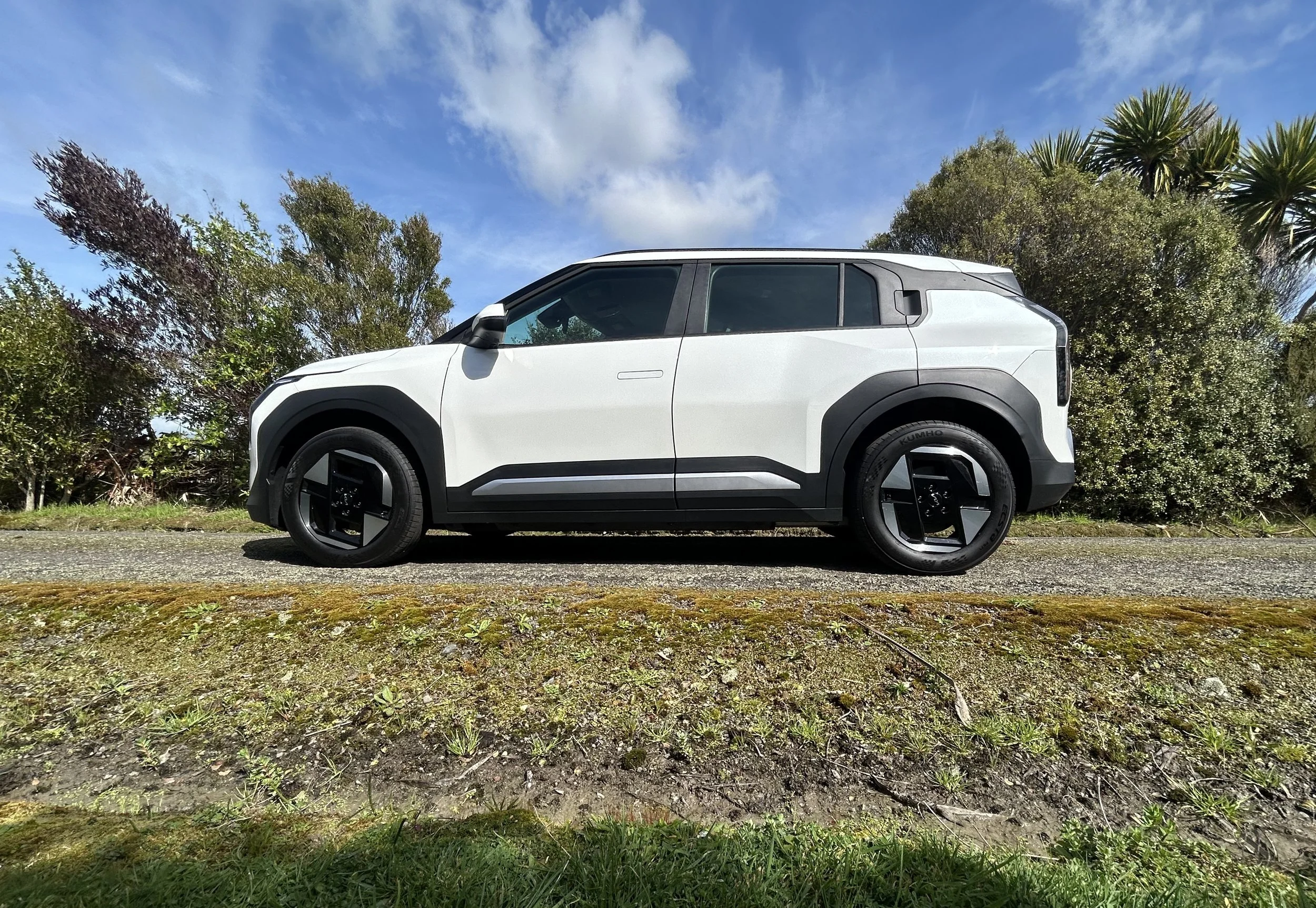Suzuki signs Fronx in single format
/Special pricing initiative to raise interest in latest small crossover.
THE second India-sourced car in Suzuki’s ranks has entered the market today for $29,990 but will rise by another $2000 after an incentive programme ends.
The Fronx, which bases off the same platform as the Baleno compact car whose availability to New Zealand ceased in mid-2022 and whose name is a portmanteau of ‘frontier next’, will hold at the sub-$30k price until 300 units have been sold.
Fronx will sell purely as a 1.5-litre hybrid in front-wheel-drive. The sole option is two-tone paint, which holds a $1000 premium.
Suzuki New Zealand’s interest in Fronx began at the start of 2023, when the model went on sale in India, where it is solely built alongside the five-door Jimny, which has been here for just over a year.
The drivetrain matches a 76kW/137Nm 1.5-litre naturally-aspirated four-cylinder petrol engine to a 12-volt mild hybrid system with integrated starter motor. This allows the electric motor to start the engine and assist it during acceleration. The unit marries to a six-speed automatic.
In India, the car started life with two less zesty units, a four-cylinder 1.2-litre and a more advanced 1.0-litre mild-hybrid turbo with direct fuel injection and electric assistance.
Suzuki New Zealand released the Fronx price schedule announced today, but dealers - who were briefed on the car and other products last Friday - have been building up an order bank and there has reportedly been keen interest.
The subscribers include Baleno owners who have been trading water since their choice fell out of the market.
Suzuki is also set to potentially lose its smallest and cheapest car, the Ignis, but not straight away.
The 2017-born baby hatch’s supply to this part of the world has been disrupted by Australia dropping it, due to a safety legislation improvement. However, it is understood Suzuki NZ has secured enough supply to keep it in circulation until early 2026.
Ignis presently registers from $22,200 in five speed manual and tops at $26,500 for a LTD automatic.
The model’s inability to offer with autonomous emergency braking, a technology that became mandatory across the Tasman as of March 1, killed it off over there.
In Japan, but not universally in India, the Fronx is fitted with Suzuki's 'dual-sensor' AEB system with vehicle, pedestrian, cyclist, motorcyclist and intersection detection, along with lane-keep assist, blind-spot monitoring, adaptive cruise control, and six airbags.
Suzuki NZ is sensitive to safety issues, all the moreso now that its most popular car, the Swift, has been rated as a very poor choice by the national crash test auditor.
The Australasian New Car Assessment Programme’s decision last December to give the model a one star rating out of a possible five was a huge blow, being the worst crash test rating for the nameplate and the lowest for any current Suzuki sold here.
The previous Swift, which still represents as a NZ-new car in its Swift Sport guise, achieved five stars, but under a more lenient test conducted in 2017. That score ‘retired’ at end of 2024.
Fronx has yet to be rated by ANCAP or its European counterpart, NCAP, but has been rated as four-star performer in Japan’s national test under updated 2024 protocols. Unfortunately for Suzuki NZ, Japan’s test carries no official weight here.
Available equipment for this part of the world includes a nine-inch infotainment touchscreen, wireless Apple CarPlay and Android Auto, LED headlights and tail-lights, single-zone climate control, black and burgundy upholstery, a 360-degree camera, and a flip-up head-up display.
At 3995mm long, 1765mm wide and 1550 high, Fronx aims at other compact crossovers.
Fronx’s price position puts it up against budget cars from China, including the Haval Jolion that kicks in from $26,990, and the Kia Stonic, which runs from $28,990 to $35,200.


